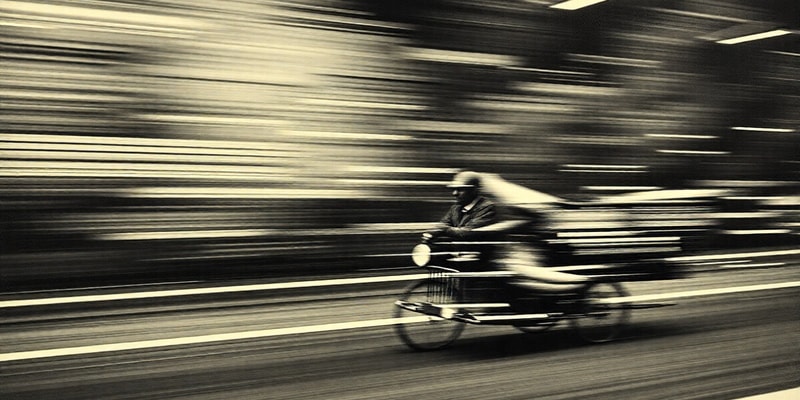Podcast
Questions and Answers
What is required to describe the position of an object?
What is required to describe the position of an object?
What does displacement refer to in motion?
What does displacement refer to in motion?
How is distance different from displacement?
How is distance different from displacement?
If an object travels from point O to A and returns to point O, what can be said about its displacement?
If an object travels from point O to A and returns to point O, what can be said about its displacement?
Signup and view all the answers
What is the formula for calculating distance covered if OA is 60 km and AC is 35 km?
What is the formula for calculating distance covered if OA is 60 km and AC is 35 km?
Signup and view all the answers
What device in automobiles records the distance travelled?
What device in automobiles records the distance travelled?
Signup and view all the answers
If a car travels from Bhubaneshwar to New Delhi and the odometer reads a difference of 1850 km, what does this represent?
If a car travels from Bhubaneshwar to New Delhi and the odometer reads a difference of 1850 km, what does this represent?
Signup and view all the answers
Which statement correctly describes the numerical value of a physical quantity?
Which statement correctly describes the numerical value of a physical quantity?
Signup and view all the answers
What does it mean when an object appears to be in motion?
What does it mean when an object appears to be in motion?
Signup and view all the answers
Why might we not directly perceive the motion of the Earth?
Why might we not directly perceive the motion of the Earth?
Signup and view all the answers
Which of the following illustrates relative motion?
Which of the following illustrates relative motion?
Signup and view all the answers
What is one way to describe the location of an object?
What is one way to describe the location of an object?
Signup and view all the answers
Which of the following motions is NOT typically described in terms of complexity?
Which of the following motions is NOT typically described in terms of complexity?
Signup and view all the answers
What is an example of a situation where erratic motion might be dangerous?
What is an example of a situation where erratic motion might be dangerous?
Signup and view all the answers
When describing motion along a straight line, which concept is likely being used?
When describing motion along a straight line, which concept is likely being used?
Signup and view all the answers
What indicates that most motions are complex?
What indicates that most motions are complex?
Signup and view all the answers
Study Notes
Describing Motion
- Motion is the change in position of an object over time.
- Reference point is a fixed point used to determine the position of an object.
- Motion along a straight line is the simplest type of motion.
- Distance is the total path length covered by an object.
- Displacement is the shortest distance between the initial and final positions of an object.
- Magnitude refers to the numerical value of a physical quantity.
- Odometer is a device in automobiles that records the distance travelled.
- Displacement can be equal to the distance travelled if the object moves in a straight line without changing direction.
Motion in Our Surroundings
- We perceive motion when an object's position changes with time.
- Motion can be inferred through indirect evidence, such as wind blowing leaves or dust particles moving in the air.
- Sunrise, Sunset, and Changing Seasons are caused by the Earth's rotation and revolution around the Sun.
- Relative Motion: An object's motion can appear different to different observers.
- Complex Motion: Objects can move in various ways: straight lines, circular paths, rotations, and vibrations.
- Controlled motion can be beneficial to humans, as seen in hydroelectric power generation.
- Erratic and Uncontrolled motion can be dangerous, like floods, hurricanes, or tsunamis.
Studying That Suits You
Use AI to generate personalized quizzes and flashcards to suit your learning preferences.
Description
This quiz explores key concepts related to motion, including definitions of distance, displacement, and reference points. It aims to enhance your understanding of how we perceive motion in our surroundings and the factors influencing it. Ideal for students studying motion physics.




